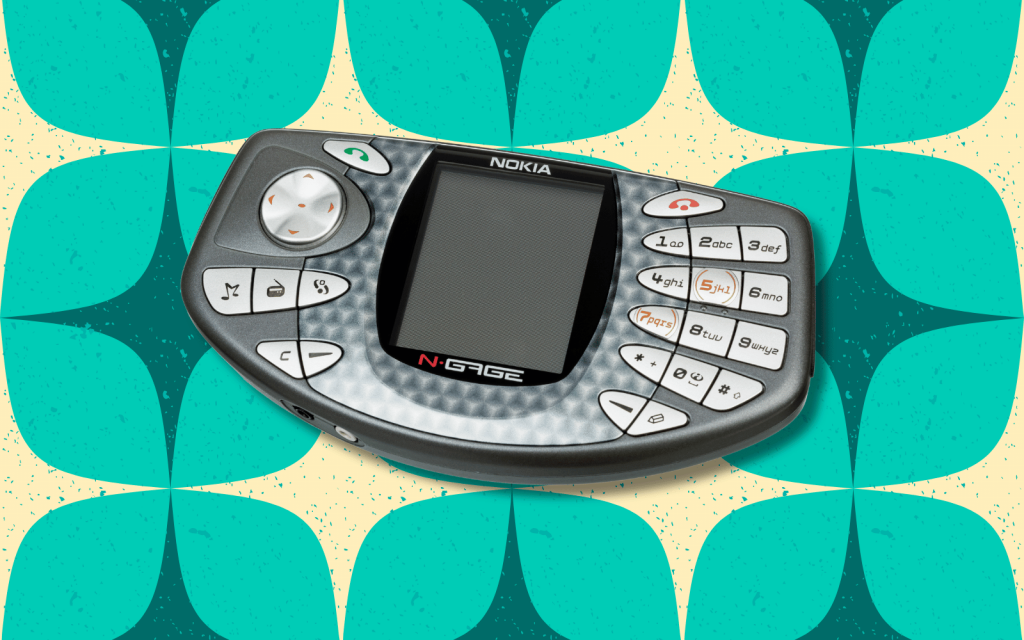What’s this horror? The mutant offspring of a Nokia 3310 and a Game Boy Advance?
That’s what Nokia was aiming for, perhaps minus the ‘mutant’ part. Loads of people at the time carried around a phone and a GBA; Nokia reasoned it would clean up by combining the two. On paper, the signs were good. The N-Gage had a vibrant backlit display, online multiplayer support, enough face buttons to satisfy a Street Fighter II fan, and the clout to run games that (if you squinted a bit) looked like PlayStation fare. Big publishers lined up to support it too.
Actually, that sounds great. Nice work, Nokia. What could possibly go wrong?
Everything else. Nokia did understand the importance of gaming on mobile, but not how to make a device people would actually want to play games on. The N-Gage suffered from load delays and could chew through its battery in just a few hours of play – not ideal, since it was also your phone. Those visuals were only great until they started moving. The buttons were stiff. Worst of all, to swap games you had to remove the cover and battery to get at the MMC slot, then reboot the phone. Not much fun at all.
I’m starting to get a sense of why I’m not now playing AAA games on my N-Gage 15.
It got worse. Nokia’s reputation was further shaken by the admission that its sales claims were based on units shipped to retailers, not actually sold. When the dust settled, the N-Gage was a confirmed flop. Nokia tried launching the N-Gage QD, a smaller device with a more accessible MMC slot, but it was too late. The N-Gage brand was absorbed into other Nokia phones before winking out of existence in 2009. Finland later got its revenge on mobile gaming as a whole by inflicting Angry Birds on us all.




